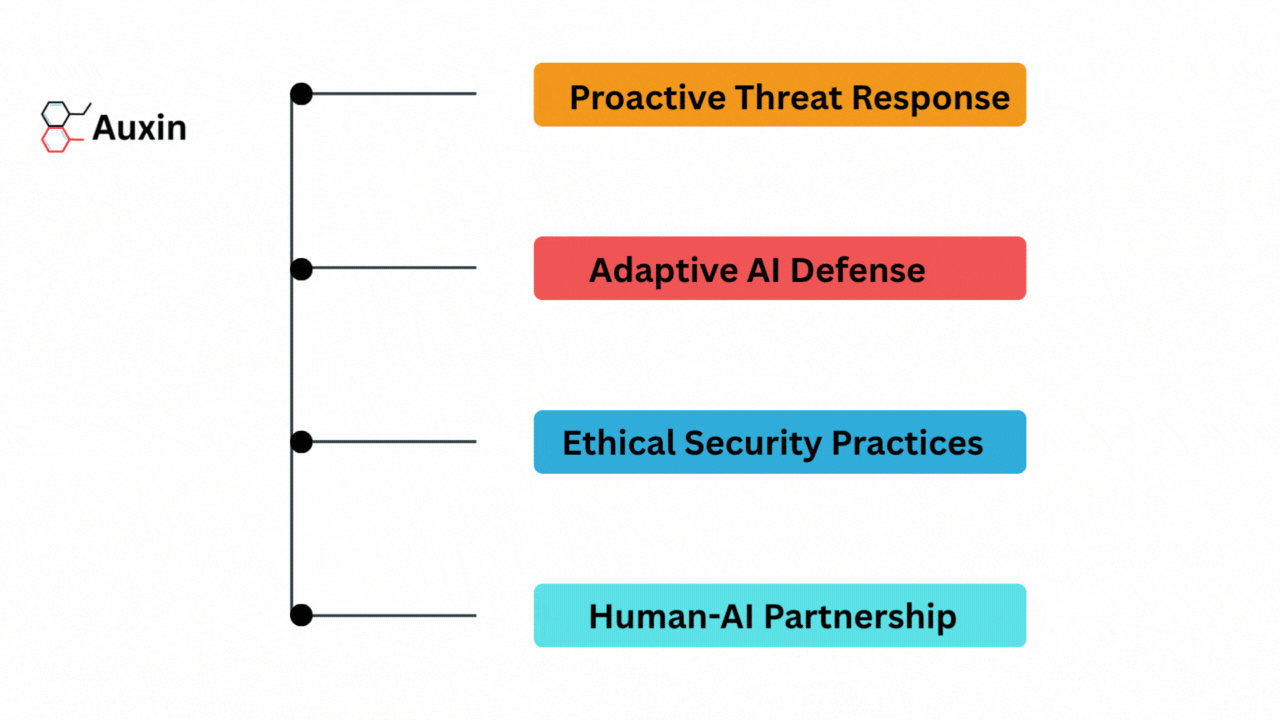Comparing IAST with Other Application Security Testing Approaches
Interactive Application Security Testing
Interactive Application Security Testing (IAST) is a dynamic application security testing strategy to identify vulnerabilities and security defects in software applications during runtime. Unlike static application security testing (SAST) and dynamic application security testing (DAST), which are conducted separately, IAST combines elements to provide a more comprehensive and accurate assessment of application security. According to the Comparitech importance of using application testing and IAST cannot be overstated.
The 2017 ResearchGate Data Breach Investigations Report found that 29.5% of breaches were caused by web application attacks. IAST works by instrumenting the application and monitoring its behavior and interactions with external components, such as databases, web services, and APIs. It analyzes the runtime data to detect potential security vulnerabilities, such as SQL injection, cross-site scripting (XSS), and authentication flaws. By observing the application’s execution, IAST can identify vulnerabilities that may not be easily discovered through static or manual testing.

What benefits does IAST offer?
IAST, or Interactive Application Security Testing, offers several benefits in software security. Here are some of the critical benefits of IAST:
- Accurate Vulnerability Detection: Interactive Application Security Testing combines the strengths of Static Application Security Testing (SAST) and Dynamic Application Security Testing (DAST). It provides more accurate vulnerability detection by leveraging dynamic runtime analysis and contextual information from the application’s source code.
- Real-time Testing: IAST operates during the application’s runtime, allowing it to test the application in real time and capture the actual behavior and vulnerabilities that may be present. This dynamic analysis enables Interactive Application Security Testing to identify vulnerabilities that may not be evident during static analysis.
- Deeper Visibility: IAST provides deeper visibility into the application’s internal workings and can uncover vulnerabilities that may not be easily detectable using other testing methods. It can identify vulnerabilities within the application’s libraries, frameworks, and third-party components.
- Cost-Effective: Interactive Application Security Testing can help optimize resources and reduce costs associated with security testing. Providing more accurate results and reducing false positives minimizes the time and effort required for manual analysis and remediation of vulnerabilities.
- Reduced False Positives: Interactive Application Security Testing helps reduce false positives compared to other testing techniques. It analyzes the application’s runtime behavior and correlates it with the source code, providing more accurate results and reducing the noise generated by false positives.
How is IAST different from DAST?
Here’s a table summarizing the differences between IAST and DAST:
| IAST (Interactive Application Security Testing) | DAST (Dynamic Application Security Testing) | |
| Testing Approach | White-box approach, combines elements of SAST and DAST | Black-box approach, tests from outside the application |
| Visibility | Has visibility into application’s source code and runtime behavior | Limited visibility into application’s internal code |
| Accuracy | More accurate vulnerability detection, reduces false positives | May produce false positives and miss certain vulnerabilities |
| Time of Testing | Can be integrated into development process, real-time testing | Typically performed in pre-production or post-deployment environment |
| Remediation Guidance | Provides specific guidance by correlating vulnerabilities with source code | Offers general recommendations based on observed behavior |
| Integration | Seamless integration into development process, real-time feedback | Can be integrated into CI/CD pipeline but usually a separate phase |
How is IAST different from SAST?
Here’s a table summarizing the differences between IAST (Interactive Application Security Testing) and SAST (Static Application Security Testing)
| IAST (Interactive Application Security Testing) | SAST (Static Application Security Testing) | |
| Testing Approach | Combines elements of static analysis and dynamic analysis | Relies solely on static analysis of source code |
| Timing of Analysis | Analyzes application during runtime and interacts with the application | Analyzes source code without executing the application |
| Accuracy | More accurate vulnerability detection, reduced false positives | May produce false positives and false negatives |
| Code Visibility | Has visibility into the application’s source code | Relies solely on analyzing the source code |
| Code Coverage | Can cover more code paths, including libraries and third-party code | May have limited coverage of dynamically generated or unexecuted code |
| Remediation Guidance | Provides specific guidance by correlating vulnerabilities with source code | Offers general recommendations based on static code analysis |
| Integration | Can be integrated into development process, providing real-time feedback | Can be integrated into CI/CD pipeline for regular code analysis |
Wrapping up
Interactive Application Security Testing represents a groundbreaking advancement in application security. Its ability to combine static and dynamic analysis, provide accurate vulnerability detection, and offer real-time feedback to developers make it an indispensable tool for modern software development.
By integrating Interactive Application Security Testing into the development process, organizations can enhance their security posture, reduce risks, and build resilient applications in today’s evolving threat landscape. Embrace the power of (IAST) and unlock a new era of application security. For more insightful blogs, visit auxin.io.







